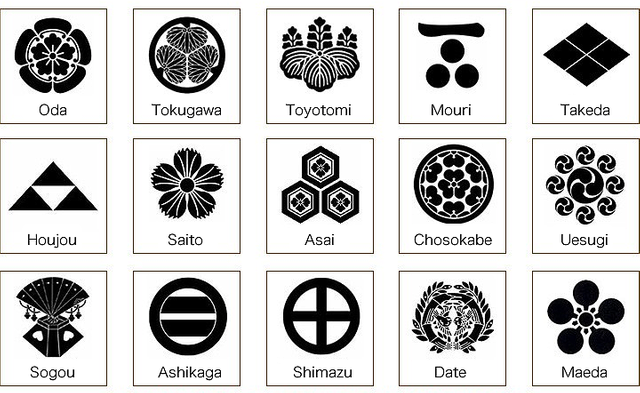
Have you ever thought about having a crest or emblem that is unique and exclusive to your family? Allow me to bring you back to feudal Japan and tell you more about the samurai family crests or mon.
While family crests were used since the Nara period (AD 710), they have become commonly adopted by samurai clans during the Sengoku Jidai (Warring States period). Used as heraldic devices, the mon served to distinguish friend from foe on the chaotic battlefields.
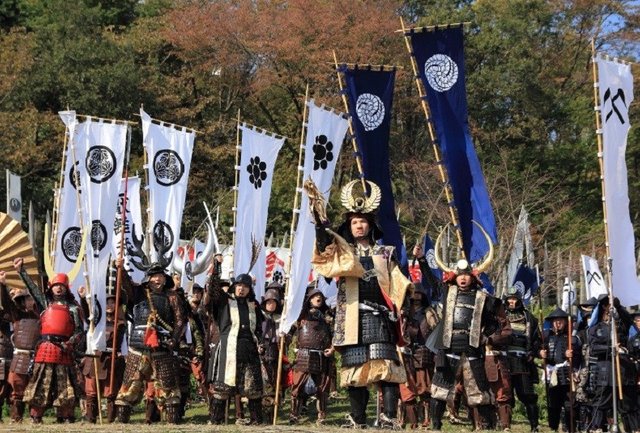
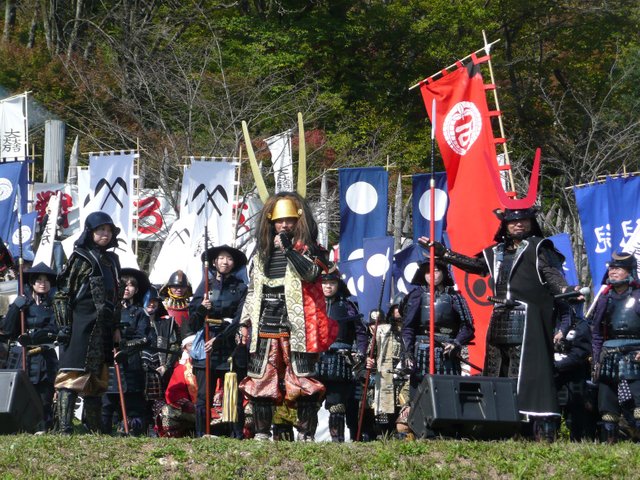
Intricately designed, the mon usually hold strong significance and meaning. Let us look at the family crest of a small but famous clan, the Sanada family.
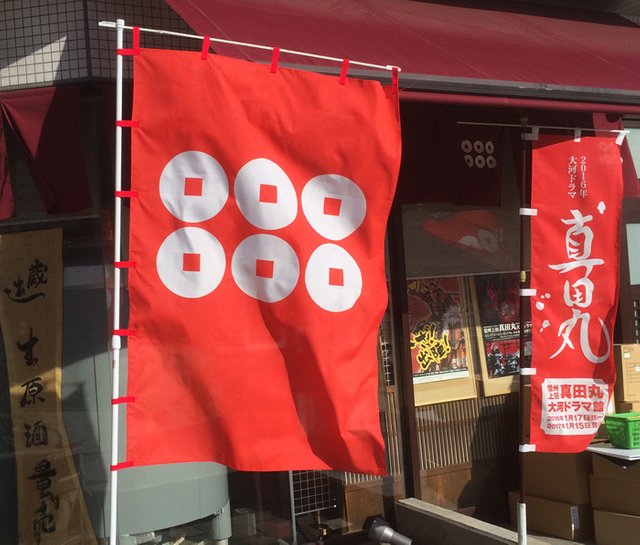
The Rokumonsen, or six coin crest, is the mon of the Sanada family. The Japanese believe that the dead must cross the Sanzu river (think River Styx in Greek mythology) in the underworld. To cross over to the afterlife, the dead would have to pay a toll fee of six coins.
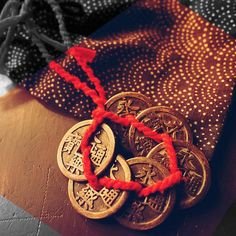
Proudly emblazoned on their sashimono, battle standards and armour, the Rokumonsen symbolises the Sanada clan's steely resolve in the face of battle. Having prepared their toll fee to the afterlife, the Sanada warriors had no fear of death and were ready to die in battle.
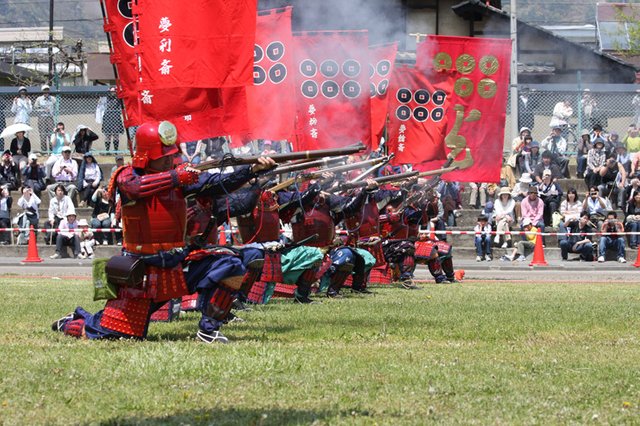
No doubt, their reputation of being fearless and intrepid warriors have contributed partly to their success in defending Ueda castle against overwhelminly larger forces, during the first and second siege of Ueda castle.
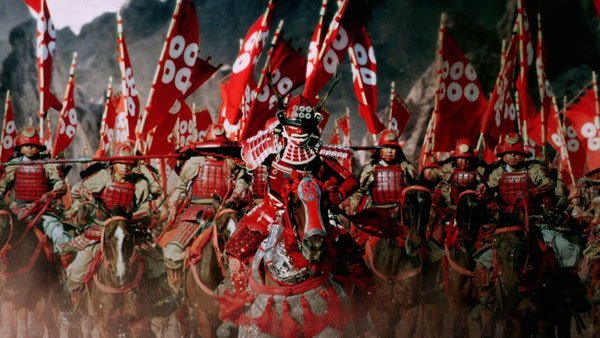
If the opportunity presents itself, I would be glad to share more about Sanada Yukimura, one of the most prominent samurai in Japanese history. Till next time!